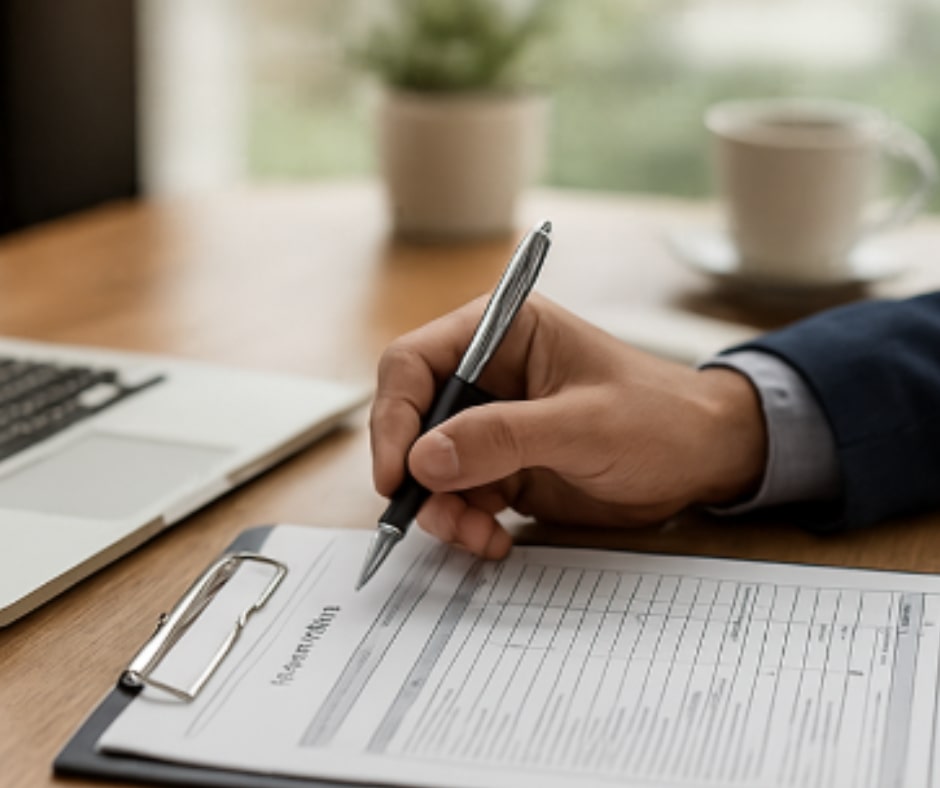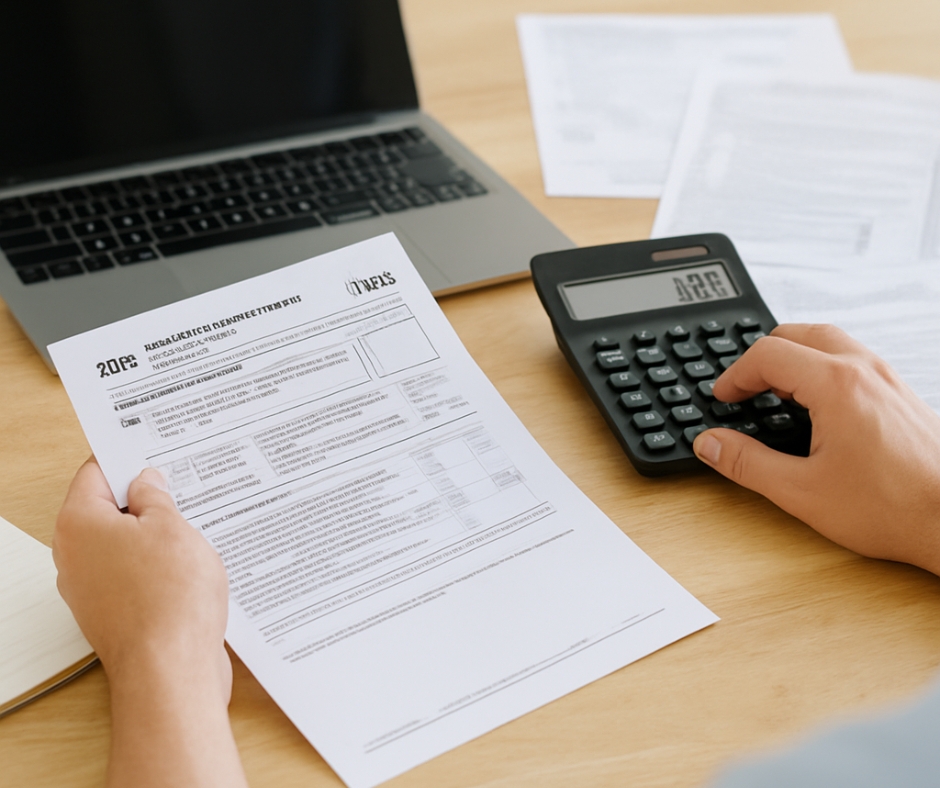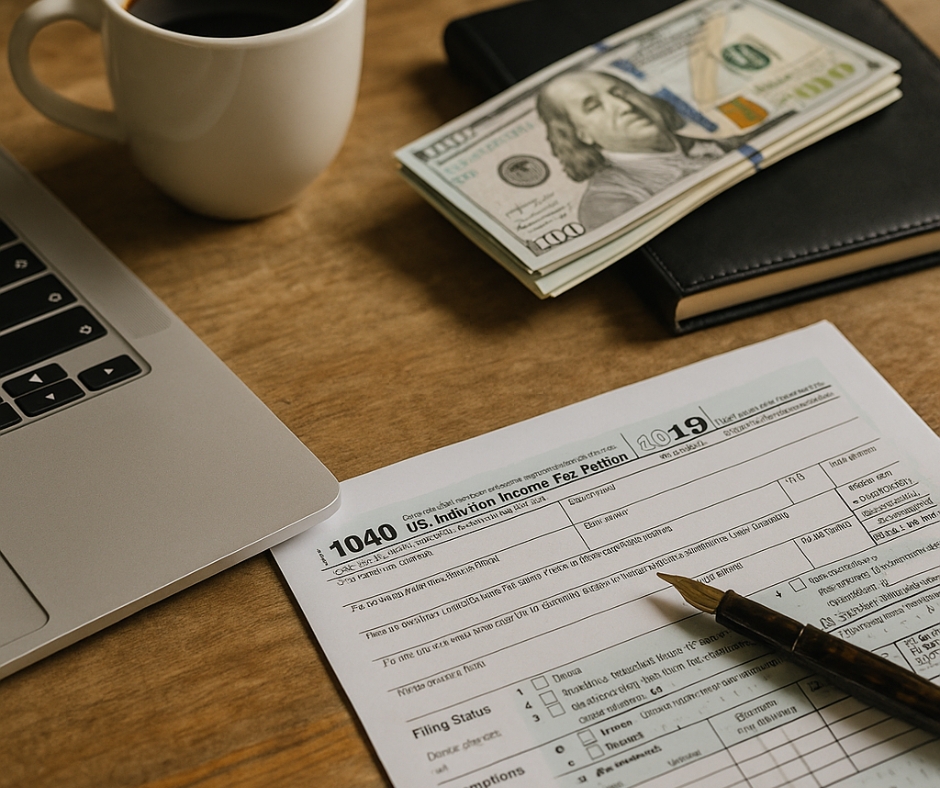In the world of business, numbers tell stories—if you know how to read them. One of the most revealing financial documents in your toolbox is the balance sheet. Understanding what your balance sheet says about your business is essential for steering your company in the right direction. It provides a snapshot of your financial position and holds the key to sustainability, risk management, and growth.
Let’s dive deep into how this document works and why you should never overlook it.
📄 What Is a Balance Sheet?
A balance sheet is a financial statement that provides a snapshot of what your business owns and owes at a specific point in time. Unlike the income statement, which shows performance over a period, the balance sheet shows position—the here and now of your finances.
It’s structured using this simple formula:
Assets = Liabilities + Equity
This equation ensures that your business’s books are in balance and allows you to track what resources you have and how they’re financed—whether through debt or your own investment.
🎯 The Purpose of a Balance Sheet
Why is the balance sheet so critical? Because it gives a clear, objective overview of your financial health. Whether you’re applying for a business loan, pitching investors, or planning your next quarter, your balance sheet supports those decisions with facts—not guesswork.
Moreover, understanding what your balance sheet says can reveal operational inefficiencies, highlight overextended credit lines, and even show areas ripe for reinvestment. It brings clarity to the chaos and ensures you’re running a business with purpose.
🧩 Key Components of a Balance Sheet
To fully grasp what your balance sheet says, you must understand each component and what it represents.
✅ Assets
Assets represent everything your business owns. These are broken down into:
- Current Assets – These include cash, accounts receivable, and inventory. They are expected to be converted into cash within a year.
- Non-Current Assets – These include equipment, vehicles, real estate, and intellectual property. They support long-term operations.
Well-managed assets indicate that your company is resourceful and prepared for short-term obligations and long-term strategies.
❗ Liabilities
Liabilities are everything your business owes. They can be broken down into:
- Current Liabilities – Bills, payroll obligations, credit card balances, and short-term loans.
- Long-Term Liabilities – Mortgages, business loans, or large-scale financing obligations beyond a year.
An imbalance between current liabilities and current assets may indicate cash flow issues or overreliance on credit, which can hurt business operations.
💼 Equity
Equity is what remains after subtracting liabilities from assets. It’s also called owner’s equity or shareholder’s equity.
High equity suggests that your business has accumulated retained earnings, indicating profitability and sound management. Low or negative equity may suggest consistent losses or high levels of debt. Understanding your equity helps you see how much of the business truly belongs to you or your shareholders.
🔎 How to Analyze Each Section
Now that you understand the components, let’s discuss how to analyze them together. Reviewing the ratios derived from the balance sheet can help identify strengths or risks.
- Current Ratio (Assets ÷ Liabilities): Indicates liquidity and ability to pay short-term obligations.
- Debt-to-Equity Ratio (Total Liabilities ÷ Equity): Measures financial leverage and risk level.
- Return on Assets (Net Income ÷ Total Assets): Shows how efficiently assets are used to generate profits.
These metrics transform raw data into strategic insights.
💡 Using the Balance Sheet for Decision-Making
Your balance sheet isn’t just for filing taxes. It’s a decision-making tool that should be reviewed consistently. When planning to hire, expand, or invest in equipment, your balance sheet tells you whether it’s financially viable. Additionally, it helps set benchmarks, monitor improvements, and track key performance indicators over time.
Understanding what your balance sheet says empowers you to make confident, growth-oriented decisions backed by solid financials.
🚨 Red Flags to Watch For
Not every number is a good sign. Here are a few red flags:
- Negative Working Capital: Could signal trouble meeting short-term obligations.
- Excess Inventory: Suggests overproduction or poor sales.
- High Accounts Receivable: Could indicate issues collecting payments on time.
- Declining Equity: A red flag for declining profitability or rising debt.
Identifying and addressing these issues early can prevent major setbacks down the road.
💰 Investor and Lender Perspectives
Investors and lenders scrutinize your balance sheet because it shows stability, solvency, and risk. If your liabilities outweigh your assets, or your equity is in decline, lenders may hesitate. On the other hand, a clean balance sheet with strong equity and low debt signals reliability and sound management practices.
It’s not just about getting money—it’s about earning trust.
📈 Your Balance Sheet and Business Growth Strategy
A well-managed balance sheet isn’t just a financial document—it’s a growth strategy in disguise. As you identify trends, spot inefficiencies, and track improvements, your balance sheet becomes a blueprint for scaling sustainably.
Reviewing it quarterly—at a minimum—helps ensure you’re staying on track. It’s the tool that separates proactive leadership from reactive management.
📌 Final Thoughts
Every number on your balance sheet tells a part of your business story. When you know what your balance sheet says, you’re not just tracking data—you’re decoding your future. Leverage this tool not only to survive, but to thrive with strategy, insight, and purpose.
So, keep your eyes on the numbers. Because when you understand them, you own them—and when you own them, you can grow them.













